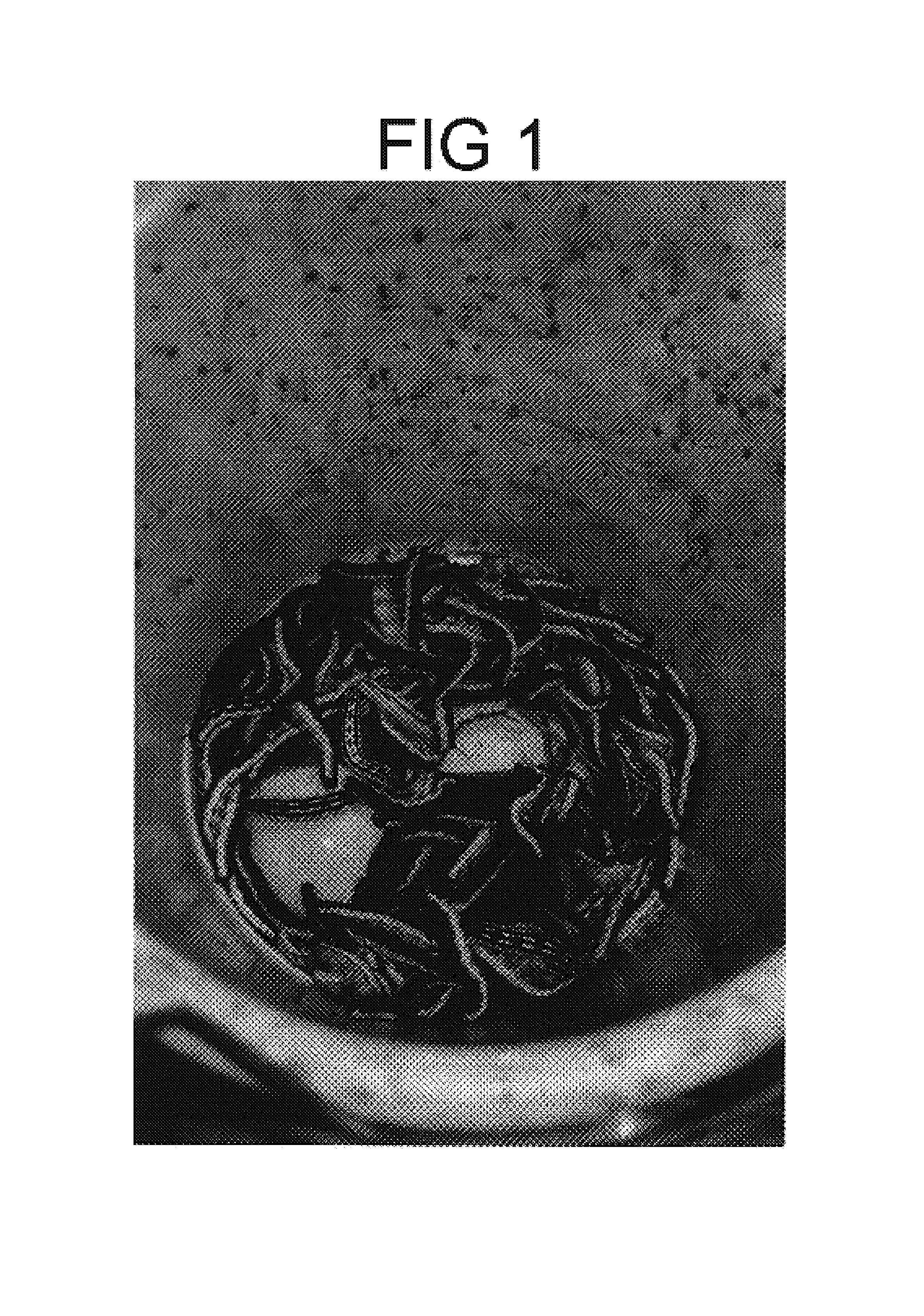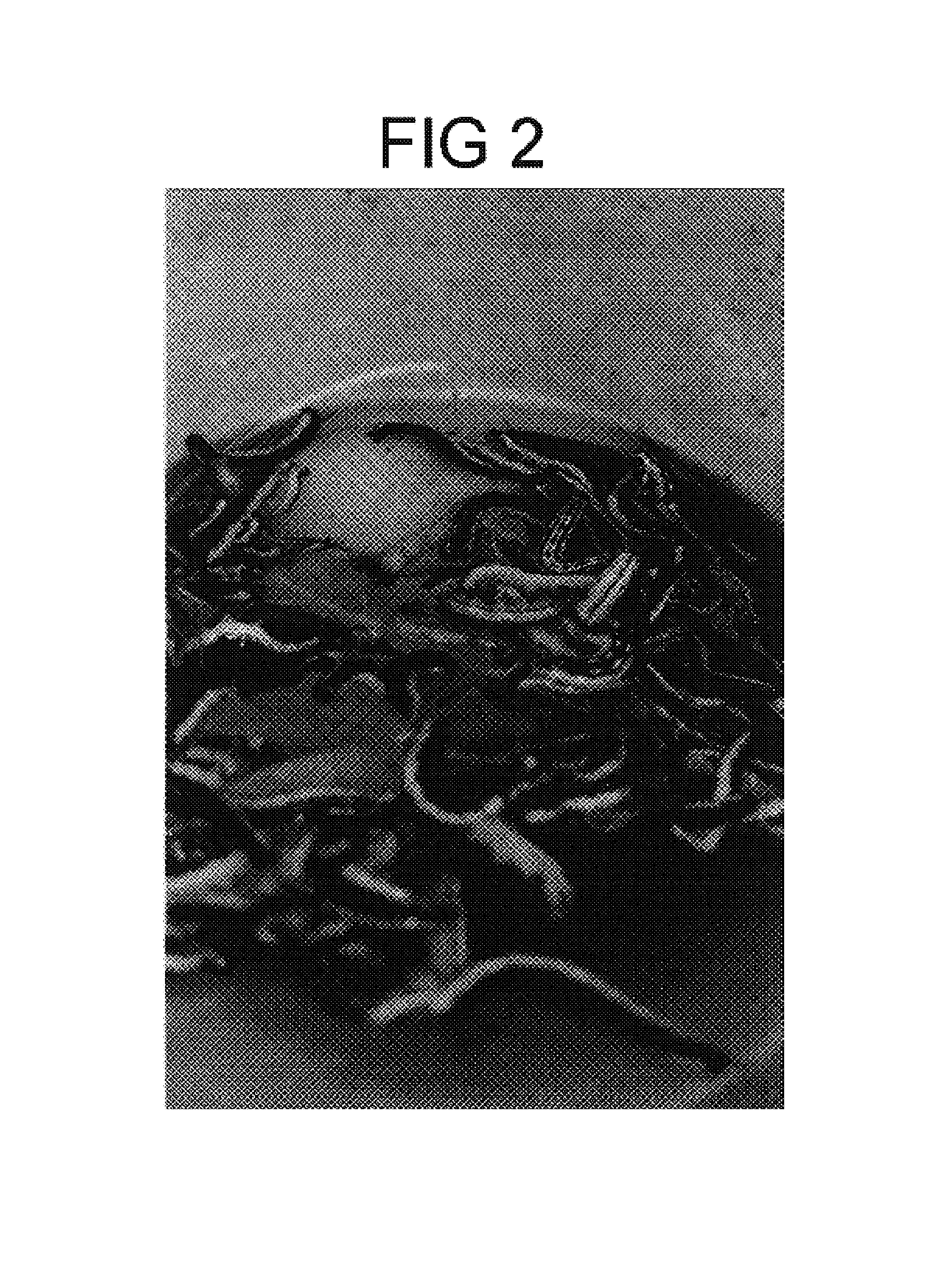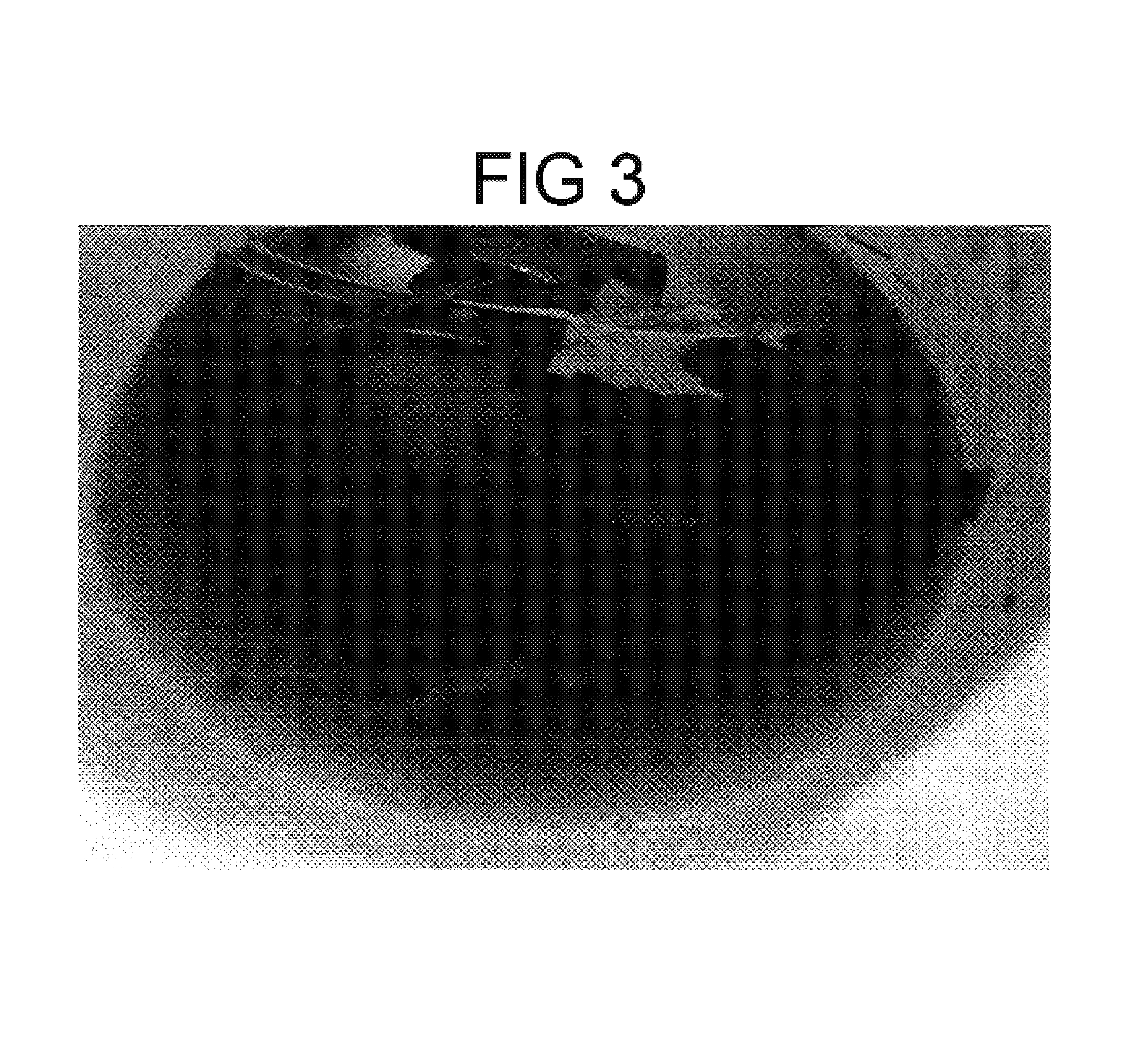Method of preserving live Ceratomia catalpae larvae for use as fishing bait
a ceratomia catalpae and larvae technology, applied in the field of fish bait, can solve the problems of catalpa larvae being commercially useless (for fishing bait), dying, and damage to trees, and achieve the effect of prolonging shelf life and limiting freezer burn
- Summary
- Abstract
- Description
- Claims
- Application Information
AI Technical Summary
Benefits of technology
Problems solved by technology
Method used
Image
Examples
Embodiment Construction
[0042]To clarify, the following is an example of a process according to this invention for preserving Ceratomia catalpae larvae, without preservatives, so that the frozen Catalpa or Catawba worms are suitable for use a fishing bait, which retains significant characteristics of the live Catalpa or Catawba worm. The entire process takes approximately 3½-Shours, with the harvesting and cooling taking 3-4 hours and the processing taking 30-40 minutes.
[0043]In the example of this invention illustrated in the photographs of FIGS. 1-10, adult 3-4 inch Catalpa larvae were harvested 10:00 AM. Approximate 200-250 caterpillars were “picked” and put into 3 gallon pails. The harvesting process takes approximately 1-2 hours. Since the caterpillars eat the leaves of deciduous trees (Catalpa) the harvesting usually happens in the late spring to early fall in the Piedmont of North Carolina (May-August). As with any picking or farming the harvesting is labor intensive and done in a field of trees. Th...
PUM
 Login to View More
Login to View More Abstract
Description
Claims
Application Information
 Login to View More
Login to View More - R&D
- Intellectual Property
- Life Sciences
- Materials
- Tech Scout
- Unparalleled Data Quality
- Higher Quality Content
- 60% Fewer Hallucinations
Browse by: Latest US Patents, China's latest patents, Technical Efficacy Thesaurus, Application Domain, Technology Topic, Popular Technical Reports.
© 2025 PatSnap. All rights reserved.Legal|Privacy policy|Modern Slavery Act Transparency Statement|Sitemap|About US| Contact US: help@patsnap.com



